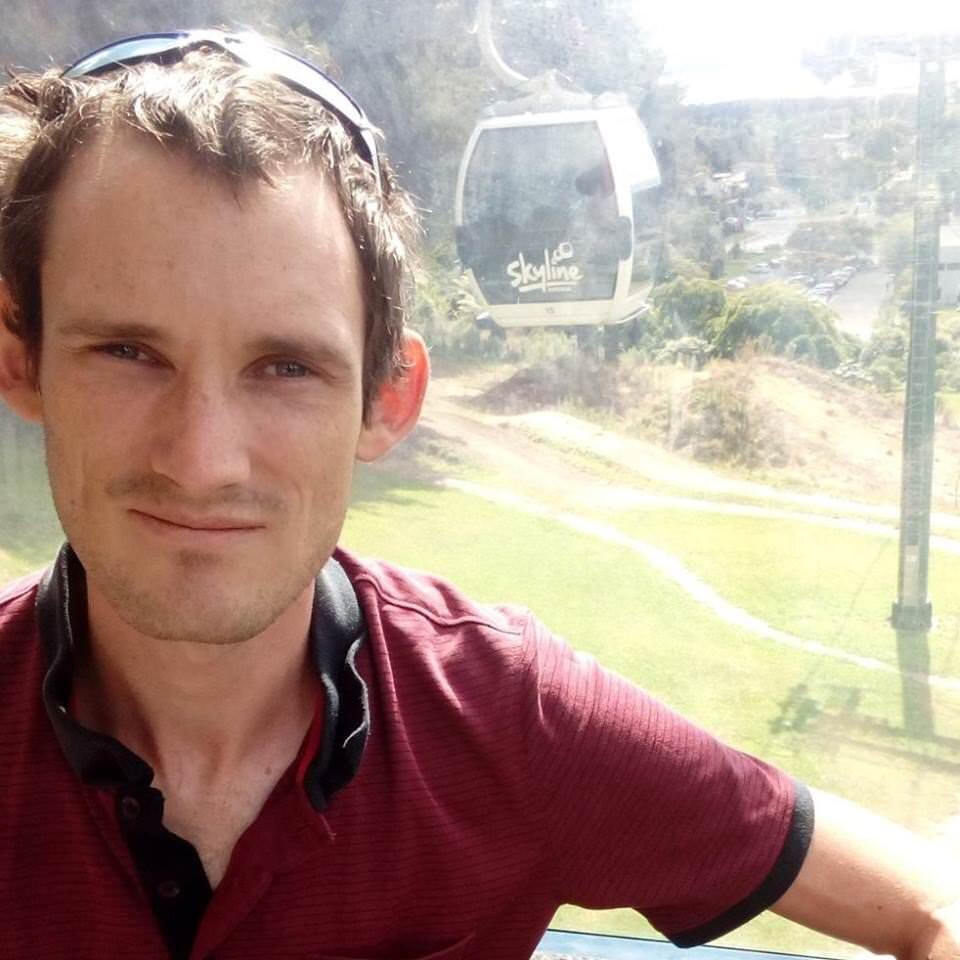Last updated July 20, 2017 at 1:39 pm
We asked a bunch of young scientists who received the Lindau Nobel Laureate Fellowship to be our field reporters at The 67th Lindau Nobel Laureate Meetings in Germany. In this report, Michael writes about his time at the conference.
Before the meeting
On Thursday I packed my bags to go to the Lindau Nobel Laureate meeting; I had hoped people can tell where I come from…
After a somewhat long and sleepless flight I landed in Zurich, where I spent a day exploring and recovering from my jet lag. Zurich is a picturesque little town filled with narrow cobbled alleys and medieval looking buildings. I quite enjoyed my long walk around the old town and the waterfront.
I’m not quite sure what the message is behind this statue, but I like to think it’s “don’t mess with a Swiss nudist.”
I also tried to freshen up my German. Despite having previously learnt a little German, I still find it very difficult to understand what people say, and I can also get quite lost when I am reading.
Now I have caught the train to Lindau. The main event is just about to start, and I am very excited.
After the meeting
The actual meeting started on Sunday with a fancy dinner hosted by the Mexican science organization. This was an enjoyable evening with some catchy music and great food.
Then on Monday the real business began. Each morning a group of Nobel Laureates would explain their work in a talk, and afterward we could join one of the morning speakers for a discussion session. Sometimes everyone would go to one discussion, and the room would pack out; other discussions could small and cozy. My highlight the discussion with Erwin Neher, who invented the patch-clamp method for studying ionic channels in neurons. Only six other young scientists were there, so I had a great time in the 90 minutes with him.
All the Nobel prize winners talked about their research, and some also talked about their personal journeys. I really enjoyed listening to Ada Yonath. She won a Nobel prize for her work on discovering the structure of a Ribosome, and talked about this for some time, but she also talked about how she managed family life. She showed us the “Grama of the year” certificate that her Granddaughter had given her.
It was also great to hear how the research that these people did has improved people’s lives around the world. Discovering the structure of the ribosome, for instance, has allowed new antibiotics to be developed. Of course they did not know that at the time, they just worked on it because it was interesting. The laureates have been working a bit longer than me, and they have all seen their research translated into powerful technologies. This would be fantastic to see. Many of them said that they had no idea their research could be used in so many places.
After listening to all of the Nobel prize winners speak, I feel really inspired and motivated. I hope that my research can also change the world somehow.
Did you like this blog? Follow us on Facebook, Twitter and Instagram to get all the latest science.































































































































































































































































